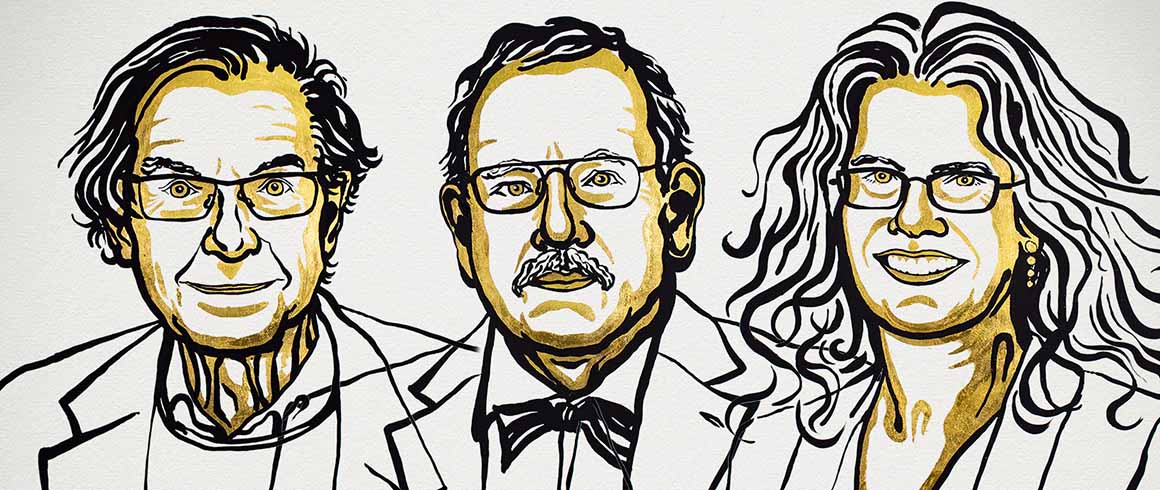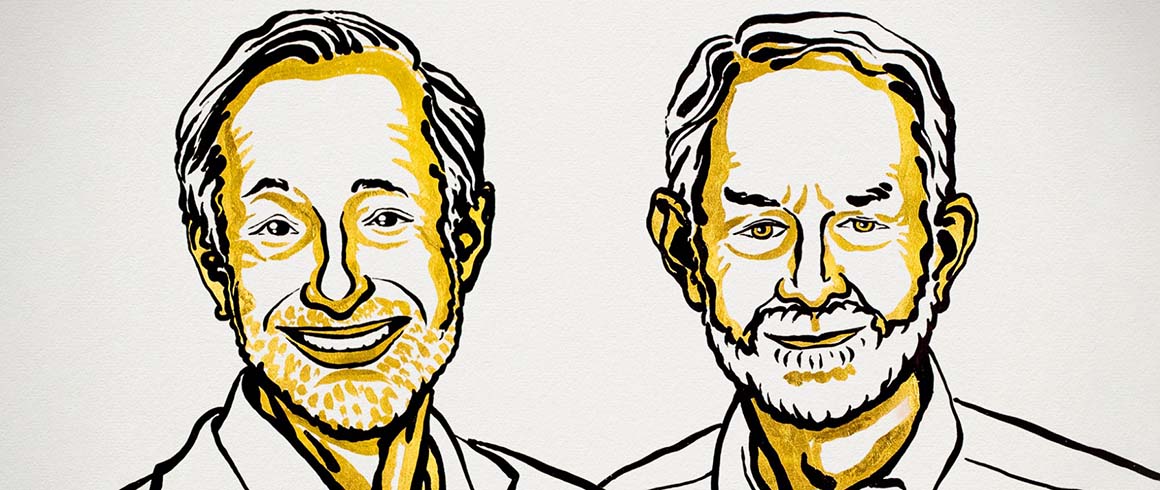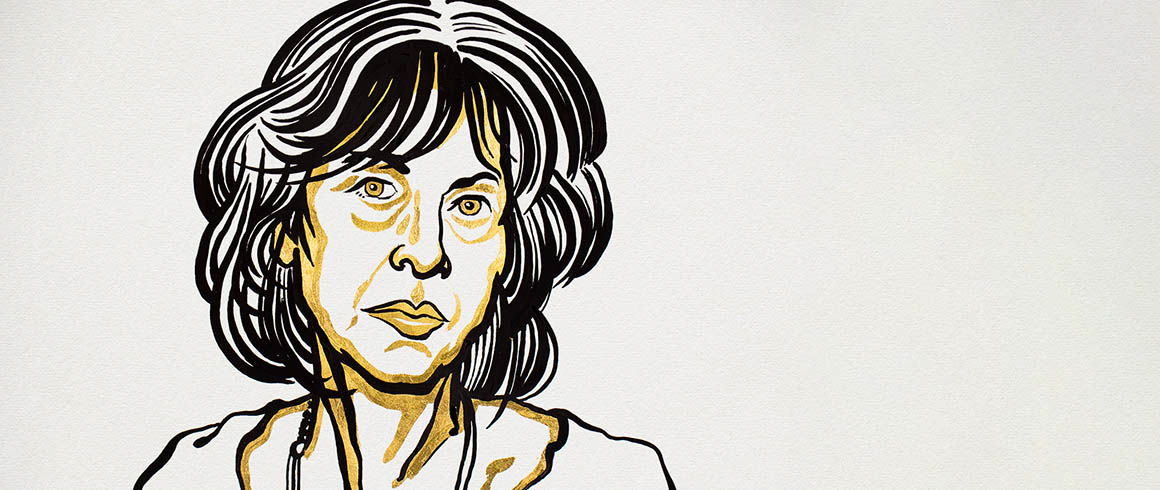The prestigious Nobel Prize was established in 1901 so 2020 marks its 119th edition. The Nobel Prizes in the categories of Medicine or Physiology, Physics, Chemistry, Literature, Peace and Economics are respectively announced from October 5 to 12. Cattolicanews publishes opinions from the University’s professors regarding these prestigious international awards, attributed to laureates who have distinguished themselves in the various fields of human knowledge and who have benefited humanity with their research.
Professor Roberto Auzzi, professor of Cosmology at the Faculty of Mathematical, Physical and Natural Sciences of Università Cattolica, Brescia Campus, discusses the Nobel Prize in Physics (awarded to Albert Einstein ninety-nine years ago) which, today, was scooped by the British cosmologist Sir Roger Penrose, the German astrophysicist Reinhard Genzel and the American astronomer Andrea Ghez for their decisive contributions on the universe and, in particular, for their studies on the Milky Way.
«Black holes are such dense objects from whose gravitational attraction nothing can escape, not even light» - commented Auzzi -», specifying that Sir Roger Penrose «has contributed to the theoretical study of rotating black holes». The other half of the prize was jointly awarded to Reinhard Genzel and Andrea Ghez who were honoured for the experimental evidence of supermassive black holes: «At first, it was thought that black holes had a mass of the same order of magnitude of that of a star like the sun - explained Auzzi. Instead these types of black holes are cosmic giants that have a mass of between one million and one billion solar masses and which seem to exist within many galaxies including our Milky Way».
«The existence of these cosmic giants is a great surprise for the physicists’ community - concluded Auzzi. Particularly as their formation mechanism is still unknown and is one of the great unsolved problems of contemporary astrophysics».




